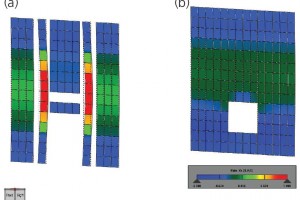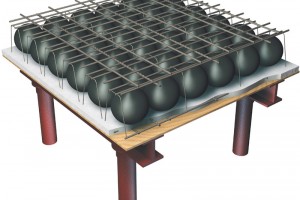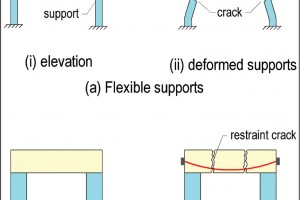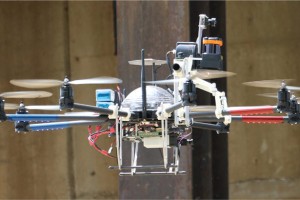Throughout my career, I have been fortunate to have a number of great mentors that have provided me with excellent advice and meaningful opportunities. It started right after entering the workforce as I remember my first boss telling me, “It is great working here, you work three years and get six years’ experience.” Looking back, I realize that he did not mean he would be a great mentor for me, but that he literally meant we would be working 80 hours a week. …
Review Category : Articles
To the engineers and builders of the amazing, elegant, and powerful structures commonly known as Great Bridges.
Remarkable, Signature or Great Bridges?
Mankind has been building bridges since the time of early civilizations. Today, bridges are all around us – they provide easier, faster, and safer connections between two points. Bridges have evolved from merely utilitarian structures to become symbols of cities, countries, and human progress. …
Next Step in Incorporating Masonry in Your FEM
Demonstrating the need for utilizing finite element modeling (FEM) and analysis (FEA) to accurately model, analyze, and efficiently design masonry wall systems was the subject of a STRUCTURE article in May of 2016. Hopefully, the reader used the information in the article and is well on their way to building FEM that include structural masonry elements. With that background, they should be ready to advance their design of masonry with the aid of FEM. …
Part 2: Wood Diaphragm and Shear Wall Flexibility
Important design considerations and traditional approaches related to the design of a five-story wood-framed structure over a two-story concrete or masonry podium were addressed in Part 1 of this series (January 2017, STRUCTURE). The goal of this article is to help engineers better understand flexibility issues associated with these types of structures and how they can affect the design process. …
Part 2: How to Select a Reinforced Concrete Floor System
Reinforced concrete floor systems provide adequate resistance to vibration caused by a variety of sources because of their inherent mass and stiffness. General information on sources of vibration and acceptance criteria for typical office and residential occupancies was covered in Part 1 (STRUCTURE, September 2017). Vibration characteristics of reinforced concrete flat plate and wide-module joist systems were also discussed in Part 1, with useful guidelines to quickly ascertain when these reinforced concrete systems are adequate for various types of vibration excitations. …
Part 1
When an unrestrained post-tensioned member is stressed, the member will shorten because of the pre-compression imparted by the stressing. If column and wall supports restrain this shortening, part or all of the pre-compression intended for the post-tensioned member is diverted to the supports. The loss of pre-compression to the supports leads, in turn, to a reduction of the member’s moment capacity. …
Humans and Drones Must Work Together
The increased use of drone technology over the last several years has had a positive impact on the field of civil engineering. Drone-based sensing technologies enable engineers to inspect large-scale infrastructure systems faster, and from angles that were previously inaccessible. Drones equipped with reality capture technologies, such as cameras and scanners, promise to be an effective apprentice to inspectors and engineers. These “assistants” will be collecting spatial data about large infrastructure systems at the resolution needed to give engineers a complete picture of infrastructure conditions during both construction and inspection. …
While working with design professionals for the past 29 years as a Professional Liability Agent, the author has learned a great deal about the construction observation process. The most important lesson – how structural engineers can improve their construction observation processes to reduce risk and reduce the chance of being involved in litigation. This article examines common issues structural engineers frequently encounter during construction and offers suggestions for improvement. …
Structural engineers understand the significant role ductility plays in the design of structural elements to resist earthquake forces. We recognize structural systems with higher ductility perform better than less ductile systems in an earthquake. The building codes characterize different lateral force resisting systems by their ability to yield, deform, and absorb energy under load. The ductility factor, or “R” factor, is critical in determining design loads and in understanding the response a structure may go through during ground shaking. …
ASCE 7-16 Now Available
After six years of intensive effort by nearly 350 volunteers, the 2016 edition of the ASCE 7 Standard on Minimum Design Loads and Associated Criteria for Buildings and Other Structures (ASCE/SEI 7-16) is now complete and available for purchase through the ASCE bookstore (www.asce.org/asce-7). …








